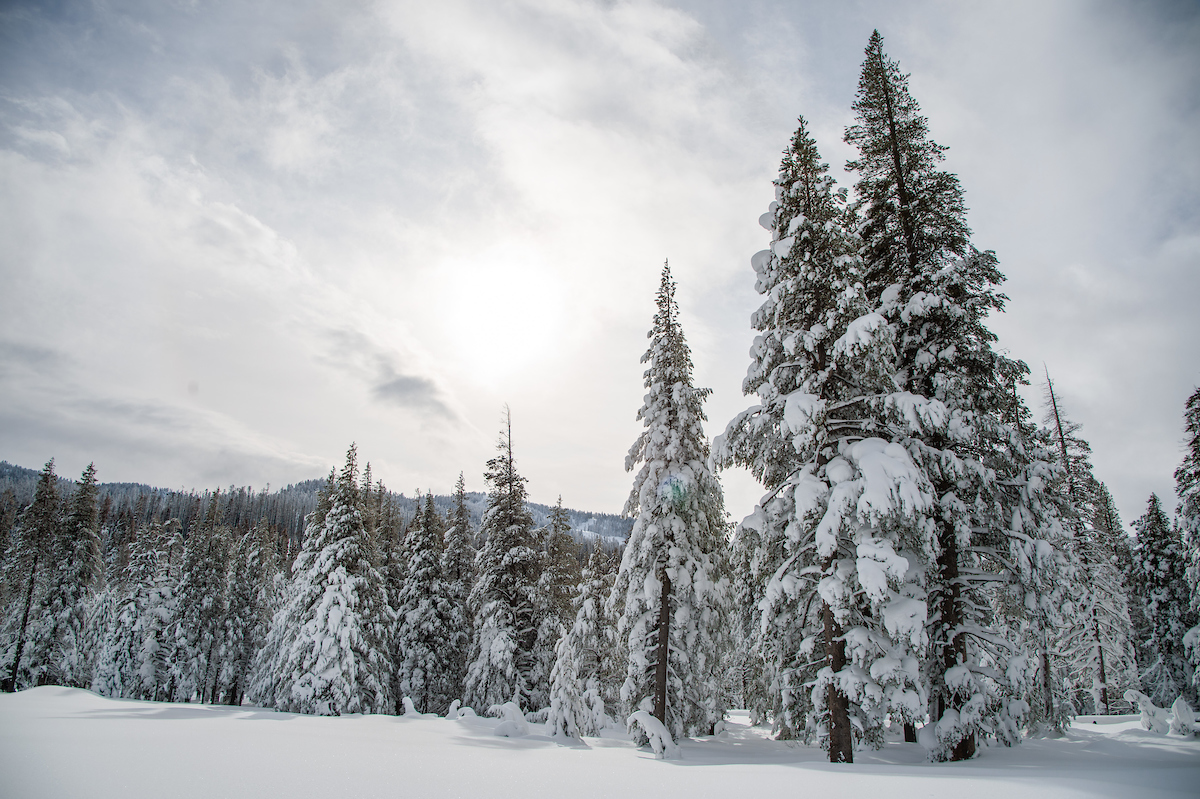As we welcome in the New Year, our reservoir status has taken on a whole new appearance as this past month has generated record amounts of rain and snow.
During the month of December alone, precipitation totals have been impressive across the State. At all precipitation measurement stations for major federal reservoirs, accumulated seasonal WY totals far exceed 100% of average for this date. At Blue Canyon in the upper American River basin for example, cumulative precipitation is almost double the long-term average and already exceeds the totals for 1983 (the wettest year) as of this same date. In December alone, precipitation at Folsom Reservoir exceeded 10 inches, at Shasta Reservoir, over 14 inches; Trinity Reservoir, 5.2 inches; New Melones, 8.5 inches, and even at Friant, monthly precipitation exceeded 4.5 inches.
The Northern Sierra Precipitation – 8 – Station Index stands at 30.2 inches as of January 1st. This is slightly above 2016-17 WY (wettest on record) for this date. For the San Joaquin Precipitation – 5 – Station Index, the current 20.2 inches is below 1982-83 WY, the wettest year accumulation as of this date, but still above 2016-17 WY, the second wettest WY on record for the San Joaquin.
Statewide, across 100 snow measurement stations, averaged SWE is 15.3 inches which is about 157% of normal for this date. In the Central Sierra (which includes the Yuba River & Tahoe basin through to the Merced & Walker river basins), current SWE is 16.8 inches which already represents 58% of the April 1st average and 161% of normal for this date.
With such precipitation totals, reservoirs have responded accordingly. As of a couple of days ago, total north CVP storage exceeded 3.7 million acre-feet (MAF), recovering to almost two-thirds of the 15-year average for this date.
The good news is that reservoirs are refilling quickly and have done so to levels far above historic averages for this time of year. Each of the three largest federal reservoirs, Shasta, Trinity and New Melones reservoirs have received accumulated inflows for this WY of 855,000, 135,000 and 153,000 AF, representing 100, 107, and 117% of their 15-year averages, respectively, for this date. Folsom Reservoir, with current storage at 564,000 AF (or 150% of its 15-year average for this date) has received inflows exceeding 440,000 AF or 133% of its 15-year average.
While this is good news for reservoir carryover, it raises a new challenge (some say dilemma) for reservoir operators. Most reservoirs are undersized for the size and yield generating capability of their source areas (e.g., basin area yield to reservoir storage ratios are relatively high). This means that flood control diagrams have notable “empty space” reservations (i.e., conservation pools) that must be maintained if proper flood protection is to be preserved. Encroachment into this space is avoided through regulated “spills”. While CVP and SWP reservoirs have avoided such spills so far this WY, those decisions are imminent in January as reservoirs continue to rapidly fill.
FOR MORE INFORMATION
Reservoirs
- Daily Reservoir Summary
- Selected Reservoirs, Daily Graphs (interactive)
- CA Data Exchange Center: Reservoirs
- CVP Daily Water Supply Report
Precipitation
- Real-time Rainfall Maps
- Detailed Monthly Precipitation Summary for Water Year
- Center for Western Weather and Water Extremes (CW3E)
Snow
Full Natural Flow Data
Drought/Climate
Water Project Operations
- State Water Project Operations and Delta Status
- Central Valley Project Operations
- Lower Colorado River Operations
Delta conditions
- Bay-Delta Live (Real Time Delta Conditions)
- EcoAtlas (Delta Restoration Projects)
Specialty Portals
- My Water Quality (CA Water Quality Monitoring Council)
- Fish Surveys (Department of Fish and Wildlife)
- NASA GRACE Groundwater and Soil Moisture Conditions



